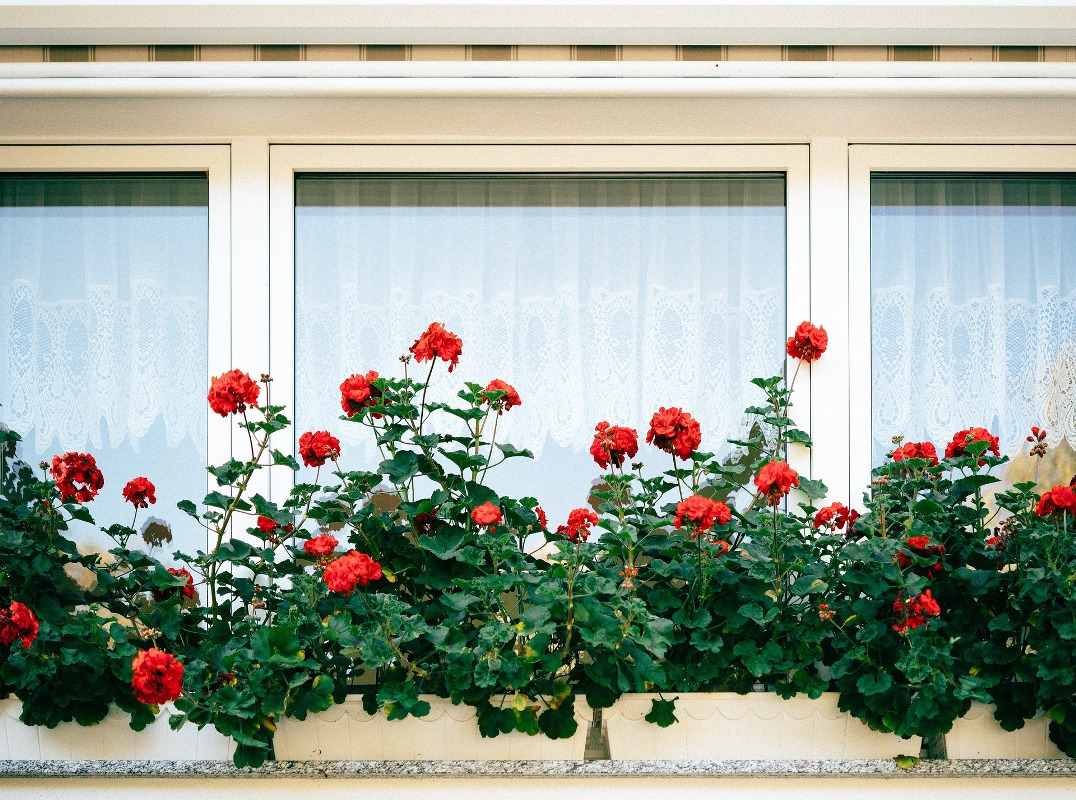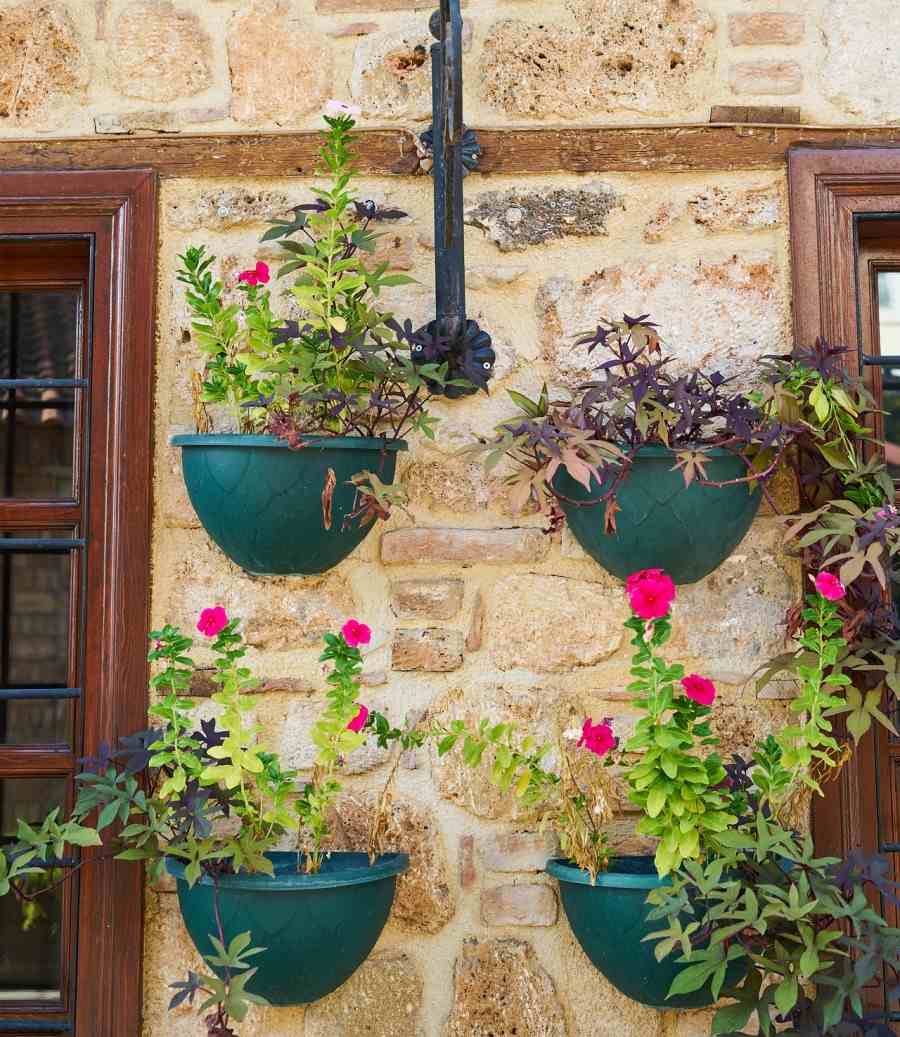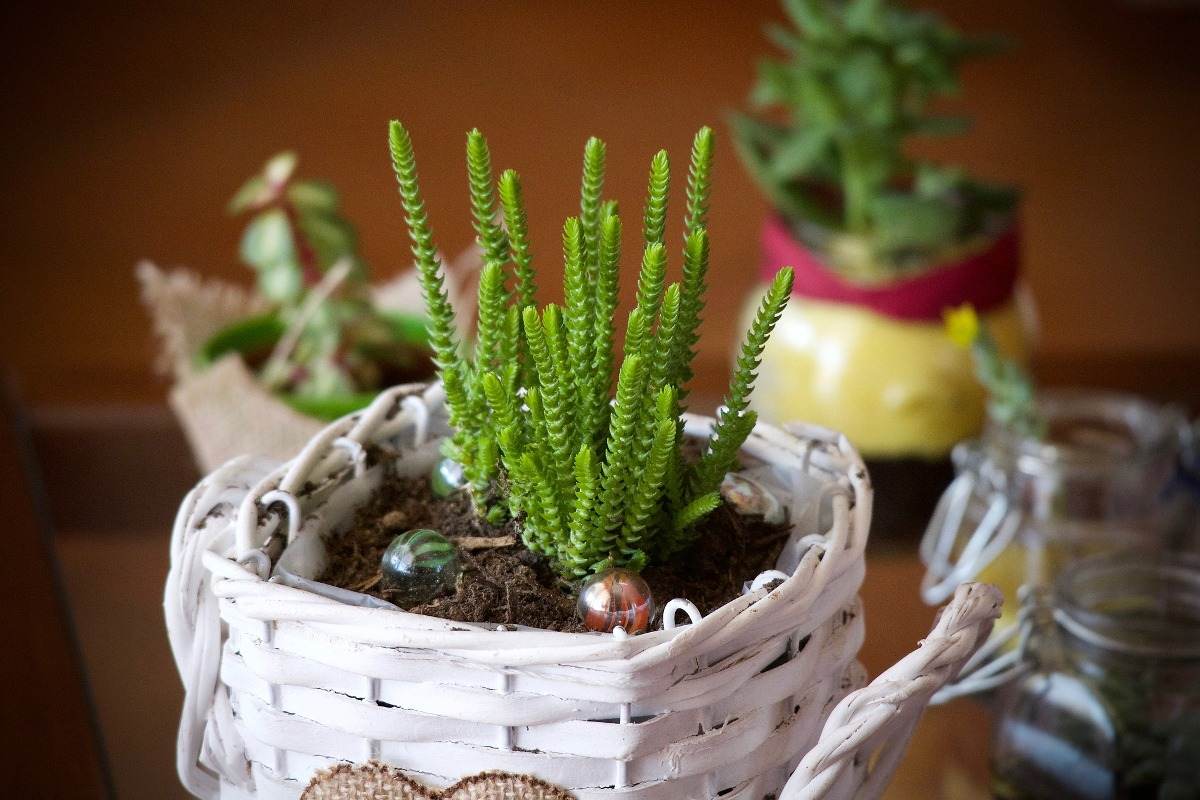Introduction: Gardening in an apartment with no balcony or patio can be done but it definitely has its challenges and also takes little care. What are we waiting for? Let’s get into the details of Gardening in an Apartment without a Balcony.
A guide to gardening in apartment without a balcony
Gardening without a balcony is slightly more problematic but doable. The keys to gardening indoors are making sure the plants have enough sunlight and that you protect surfaces from water damage.
Assessing your light in the apartment
The first thing to consider when wanting to grow a garden indoors is how much light the apartment gets. Some of you will be lucky enough to have an apartment that faces south and has big windows on two or more sides. The rest of us deal with 1 or 2 windows and little to no direct natural light.
How much light your apartment gets will be the big dictator of what you can grow, and as to whether or not you will need to supplement the garden with some artificial light. Most vegetables and herbs will require at least 6 to 8 hours of direct sunlight a day. If you aren’t getting that much daylight, then you could supplement with artificial light.
If you have a lot of windows, you could set up a table-top garden in front of the window that obtains the most light. If you don’t have a lot of windows, you can use produce lights as a substitute. Even if you do have window space, it’s an excellent idea to supplement the natural sunlight with grow lights. Chances are that the window won’t have the 14 to 18 hours of sunlight you want for optimal results.

Soil requirement for gardening in an apartment without a balcony
Indoor plants depend on the soil they are planted in for water, air, and nutrients. Since your apartment garden will probably mean growing in pots or containers, you cannot use ordinary garden soil. It will compact in pots, preventing water from flowing through and will be no space for air. A good well-draining potting mix is necessary and the potting mix has several advantages.
You should not miss the Best Fertilizers for Plants.
Advantages of potting mix can be given below;
- Potting mix is also called as potting soil or miracle soil. Some potting soil mixes also contain fertilizers, compost, worm castings, bone meal, or other ingredients that provide nutrients or improve the qualities of soil. Fresh potting mix has a lessened chance of disease.
- Potting mix is lighter and weight is an issue when you are gardening above the ground.
- The potting mix will be somewhat sterile, so you will not have to worry about diseases getting a free ride.
- It remains fluffy so that will be air pockets for the roots to access and water can flow freely.
Humidity and wind
If you are growing your plants on an indoor windowsill, you will need to give some extra humidity when the heat is on. Spritzing with a fine mist will help, or you can try by placing a tray of water on a nearby radiator.
Wind can tear through plant leaves and overturn top-heavy pots. Either provide a wind block or make sure your containers are wide enough to anchor your garden plants.
Feeding
Unless you bought a potting mix that contains fertilizer, you will want to feed your plants on a regular schedule. A water-soluble fertilizer that can be added when you water is generally easiest. Plan on feeding plants every other week or whatever is recommended on the fertilizer label.
Pests and disease problems
Pests and diseases have a way of finding indoor plants no matter where you grow them and there are no natural predators for insects indoors. Monitor your garden plants whenever you water them or harvest. Catch problems early and if you see a problem, move that plant away from the other plants until the problem is remedied.
Apartment gardening ideas without a balcony
Some of the apartment gardening ideas without a balcony can be given below;
Basic Window Garden
Given that you have a window in an apartment that gets good, direct sunlight, you can simply put some containers in a windowsill planter and get to growing. This is a low maintenance way to garden in your apartment if you have adequate light. In all likelihood, though unless your apartment window faces due south, you will need to supplement your indoor garden with some artificial light. This is the simplest way to grow edible plants indoor though and is open to a lot of improvisation.
Hanging Gardens
Another method to take advantage of the whole room is to utilize ceiling space. Hanging baskets could drip, but plenty of other leak-free containers could be hung inside to grow medium-sized plants securely. Some indoor gardeners simply hang one or two containers on wall or ceiling hooks, while others have even strung multiple containers such as bunting along wire or string.
You may also like the Best Manures for Flowers.

Protecting Surfaces from Water Damage
Your best bet is to choose a space that is already water-resistant, such as a tile floor. If you don’t have a water-resistance surface, you can make one by lining a large box lid with a tarp and placing your planting containers inside. Another option is to use containers that have water guards, but you must still place them on a plastic tarp to protect against overflow.
Larger Containers in a Sunny Spot
You could think that you are restricted to small containers inside your apartment. But with a well thought out layout, you can be able to place much larger containers in a sunny spot. By using something like an old 55-gallon barrel, you can create a larger planting area for crops like potatoes that typically need a large area. Holes cut in the container’s sides, lined with sacking or similar, can even be used to produce an additional crop like herbs or strawberries.
Small Hydroponic Setup
A simple windowsill garden is one of the more high-tech prefabricated hydroponic setups. These allow you to grow 2 to 6 plants in a simple hydroponic setup with an LED grow light over the top. This is a slightly more complicated arrangement than a basic window garden but solves the issue of not having enough light. If you want to grow herbs or leafy plants such as lettuce, these are a great option.
Plants grow in your apartment

Snake plant
Snake plants are some of the most tolerant plants out there and they can withstand weeks of neglect without losing their shape and fresh look. Snake plants are great for the novice green thumb as they can thrive in environments with low light and water. Added benefits contain their ability to help purify the air by removing toxins like formaldehyde and benzene.
Vegetables
For most people, the ideal plants that are going to be best for growing in an apartment will be things that do well with moderate light and in containers. Ideas include a wide variety of lettuces, radishes, short rooted carrots, beets, scallions, bush beans or peas, kale, and chard.
Herbs
Depending on the variety, they can tolerate slightly less light, can be harvested indefinitely and give you the most bang for your indoor gardening buck. When you are faced with wanting to garden in your apartment but don’t have a balcony, then growing a half dozen of the herbs you use the most is a winning idea.
Tomatoes
Every vegetable gardener wants a homegrown tomato variety. Tomato plants can get large and heavy but grow well in pots. They will do best in a container that is at least 30 inches in diameter, but you can produce some of the patio varieties in a hanging basket. Tomatoes are easy to grow, but they prefer bright, sunny areas. Make sure they obtain the sunlight they deserve to produce the products you crave.
Incase if you miss Growing Hydroponic Microgreens.
Silver sprinkles
Silver Sprinkles has tiny, silvery plant leaves that aren’t much bigger than a mustard seed. It’s a low growing, making it a terrific choice for a side table or a bookcase shelf. This plant is a groundcover, but as apartment plants go, it is perfectly happy in a decorative container. With 4 to 6 hours of bright light per day, Silver Sprinkles is a happy little houseplant. Keep it evenly moist and don’t let it get too dry or it will drop plant leaves in an unwanted sprinkling of silvery snow.
Zebra plant
It’s no wonder that this Plant is among the most popular apartment plants these days. It’s small (8 inches tall, tops), low maintenance, and tolerant of low light, particularly when compared to other succulents. The thick, green leaves are striped with white, and over time the plant grows into a small clump with baby offsets simply be separated from the mother plant and repotted.
Chinese evergreen
There are many species and varieties of this houseplant on the market; it’s tough to pick a favorite. Some of the varieties are solid green while others are variegated with white, pink, red, and even a soft orange. Chinese Evergreens are easy to grow. Green varieties tolerate low light conditions without a problem, but the colorful selections need the medium light of an east- or west-facing window. Don’t over-water this easy-care houseplant or root rot must be the result. Maxing out between 1 and 3 feet in height, Chinese Evergreens make wonderful apartment plants for floor display.
ZZ plants
The ZZ plant is easy to grow and care for an indoor plant that displays glossy leaves on stems which can grow up to 3 ft long indoors. The zamioculcas zamiifolia plant grows well in low or bright lighting conditions and with frequent or much less frequent amounts of water. These plants thrive in bright, indirect light, but they will carry on just fine when light is scarce, making them the ideal plant for cave-like apartments and offices. However, the best part about this nearly-indestructible houseplant is that it can survive for months without water.
The ZZ plant grows similar to tree plants or palms and has stems with several leaves growing from these stems. The plant leaves are a fleshy type which is only a couple of inches in length and an inch or so wide. Some of these stems from the same plant produce straight up and then others arch over, which could encourage you to prune odd-looking stems to keep the plant looking full and shaped well.
Air plant
Air plants are the perfect low-maintenance plant to keep anywhere because they don’t need soil to survive. Most people like to hang these air plants in glass terrariums filled with colorful accents and trinkets. Keep your air plant in a spot with good air circulation and plenty of bright light. Air plants are interesting plants since they don’t require soil to survive. These are great if you are looking for a small plant and don’t want to deal with pots or soil. If you select to house your air plant in a terrarium, make sure it has an opening so it gets plenty of circulation.
Anthurium
Smaller anthurium plants are perfect for adding a bright pop of color to any room in the house without taking up too much space. They can tolerate all types of light but will grow best with bright and indirect light.
You may also consider Organic Container Gardening Ideas.
Arrowhead plant
Arrowhead plants are also called as arrowhead vines or five fingers. All of these plant names are derived from the changing shape of the plant’s leaves. The leaves start as an arrowhead shape and eventually develop a few “fingers.” You can find these Arrowhead plants in shades of green, pink and burgundy. Arrowhead plants like humid conditions, so they’re great plants for the kitchen.
Cast-Iron plant
Cast-iron plants are hardy plants that can withstand a range of light and in soil conditions. They’re the plant to select if you’re willing to give up a little floor space in exchange for a nearly indestructible plant.
Echeveria
The echeveria plant is one of the most common types of succulents. Little plants like these are more generally found at office and home desks due to their easy care and small size. A common cause of death, however, the plant is overwatering.
Jade plant
Jade plants are most known for their thick, oval-shaped plant leaves. Jade plants can live for years as long as they are given little care. To keep your plant’s Jade leaves nice and shiny, wipe them down every once in a while to combat dust build-up. This will keep the plant leaves glossy and increase its ability to absorb sunlight.
Kalanchoe
Kalanchoe plants are a variety of flowering plants that are known for their beautiful blooms. Locate them near a window so that they have plenty of energy to flower. The kalanchoe plant is also from the succulent family, so it prefers to have dry, well-drained soil.
Lucky bamboo
These small plants can produce in both soil and water. If you select to grow your lucky bamboo in water, make sure you replace the water every 7 to 10 days and use filtered water if possible. If you plant this lucky bamboo in soil, make sure to water it when the first inch of its soil starts to feel dry.
That’s all folks about gardening in an apartment without a balcony and types of plants to be grown in an apartment. You may be interested in Tomato Blossom Drop Causes and Control Methods.